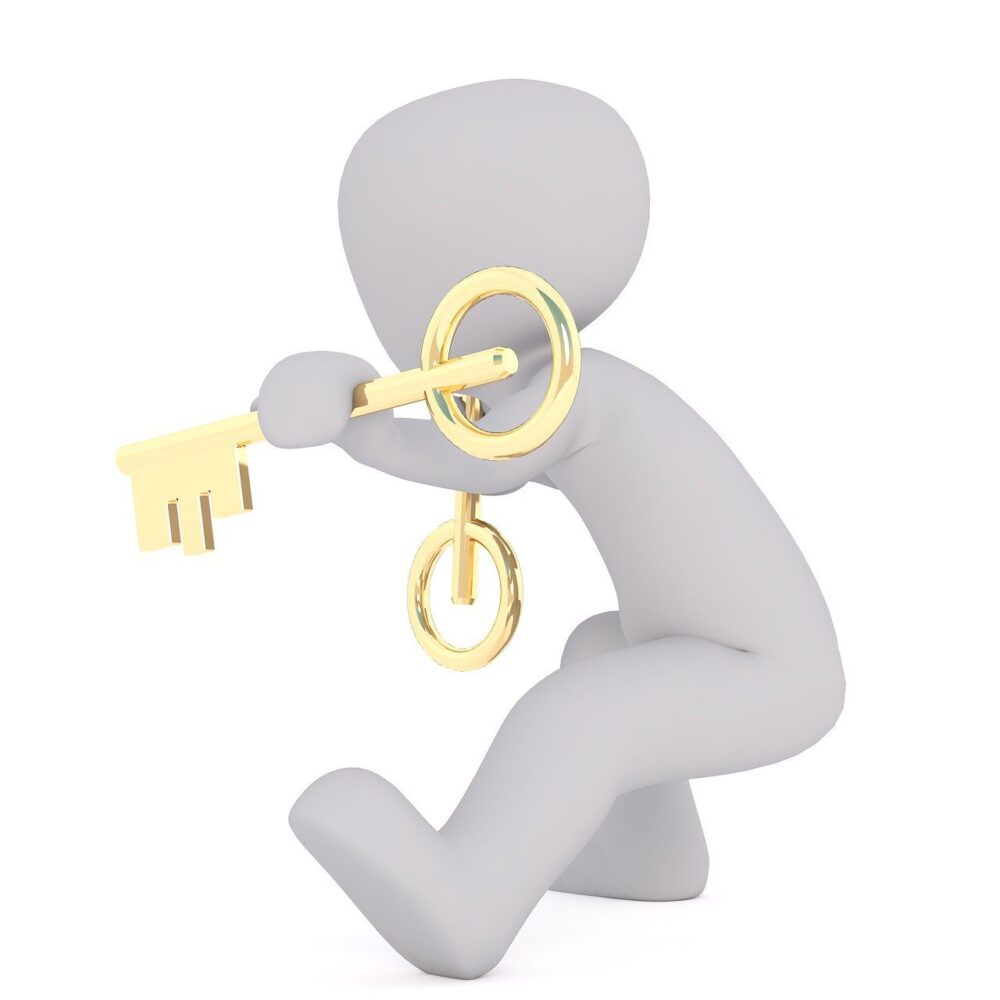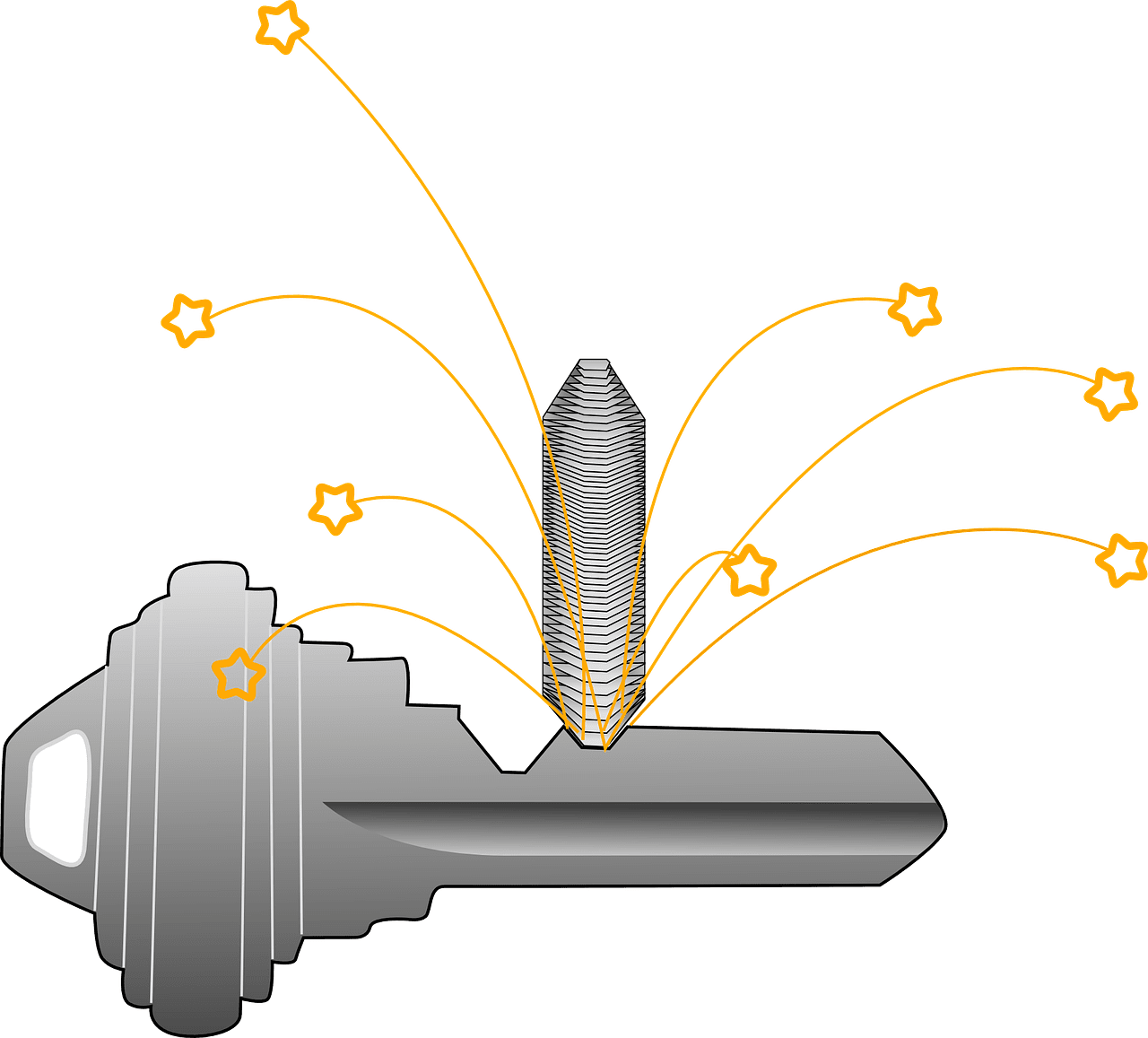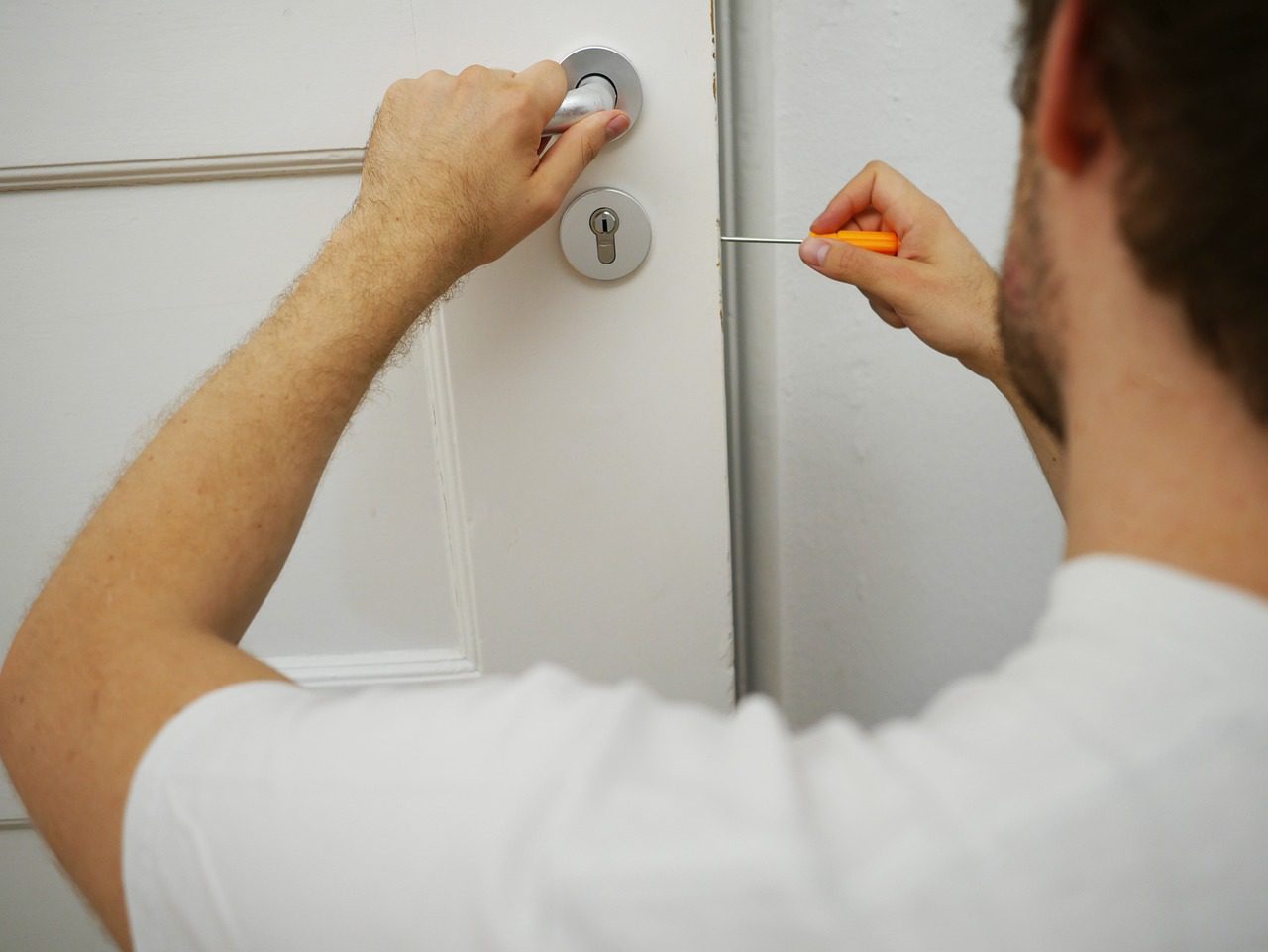Have you ever found yourself in a situation where you need to open a door but have lost the key? This can be quite a frustrating experience, especially when you’re in a hurry or need to access something important. Understanding how to open a door lock when you’ve lost the key can save you time, money, and unnecessary stress.

Understanding Different Types of Door Locks
Before delving into methods of opening a door lock without a key, it’s essential to understand the various types of locks you might encounter. Each type has its mechanisms and vulnerabilities.
Pin Tumbler Locks
Pin tumbler locks are among the most common types. They work by using a series of pins that must be precisely aligned to allow the lock to turn. If you have lost the key to a pin tumbler lock, several techniques can help you open it.
Deadbolt Locks
Deadbolts offer additional security compared to standard locks. They are more resistant to forced entry and typically require a key or thumb turn to operate. Specialized methods are required to gain access if you don’t have the key.
Smart Locks
With advancements in technology, smart locks have become popular. These locks often use codes, biometrics, or smartphone applications for operation. If you’ve lost access to your smart lock, your approach can vary depending on the type of technology integrated into it.
Lever Locks
Lever locks are commonly used in commercial properties. They often allow access through a handle that can turn levers to disengage the lock mechanism. Losing a key can complicate things, but there are workarounds available.
Understanding these types of locks provides a crucial foundation for determining the best approach to use if you find yourself locked out.

Methods to Open a Door Lock Without a Key
If you find yourself locked out, there are several techniques you can use to open the door lock. However, it’s important to note that these methods should only be applied to your property or with the owner’s permission.
1. Using a Bump Key
How a Bump Key Works
A bump key is a specially designed key that can open many pin tumbler locks. The key has a reduced profile at its end, allowing it to be inserted into the lock and “bumped” with a tool to align the pins.
Steps to Create and Use a Bump Key
- Obtain a Bump Key: You can purchase a bump key for your specific lock type or create one from an existing key.
- Insert the Bump Key: Place the bump key into the lock, turning it slightly in the direction the lock turns to engage the pins.
- Bump the Key: With a quick, firm tap on the key, the energy can cause the pins to jump, allowing you to turn the lock.
2. Lock Picking
Understanding Lock Picking
Lock picking requires skill and practice; it involves manipulating the components of the lock to open it without a key. If you’re interested, consider the basic tools involved, like a tension wrench and a pick.
How to Pick a Lock
- Insert Tension Wrench: Apply tension at the bottom of the keyhole with a tension wrench.
- Use the Pick: Insert your pick above the tension wrench to feel for the pins.
- Lift the Pins: Carefully lift the pins with the pick until they click into place.
- Turn the Wrench: When all pins are set, turn the tension wrench to open the lock.
3. Using a Slim Jim
What is a Slim Jim?
A slim jim is a thin strip of metal designed to unlock car doors without a key. This method is specific to vehicle locks but can be adapted for non-electronic locks depending on access points.
Steps to Use a Slim Jim
- Insert the Slim Jim: Slide the slim jim between the window and the weather stripping of the car door.
- Feel for Lock Mechanism: Move the slim jim around to find the lock and unlock it.
- Unlock the Door: If done correctly, the door should unlock.
4. Call a Professional Locksmith
When to Contact a Locksmith
If DIY methods seem overwhelming or if you are dealing with a high-security lock, calling a professional locksmith can save you time and potential damage to your property.
What to Expect from a Locksmith
- Identification Process: A reputable locksmith will ask to verify ownership before unlocking the door.
- Assessment: The locksmith will assess the lock to determine the best technique to use.
- Service Cost: Be prepared for service charges, which can vary based on the complexity of the lock and the time of the service.

Preventive Measures: Avoiding Lockouts
It is always best to take preventive measures to avoid lockouts in the future. Here are some practical tips to help you.
Create Spare Keys
One of the simplest solutions to avoid being locked out is to have spare keys made. Consider giving a spare key to a trusted friend or family member, or utilize a secure place within your property to keep a spare.
Use Smart Technology
Invest in smart locks that have features allowing you to unlock the door via your smartphone or provide temporary access codes for guests.
Regularly Check Locks
Regular maintenance of your locks can help prevent unexpected lockouts. Consider scheduling a routine check-up of your door locks to ensure they function properly.
Educate Family Members or Roommates
Make sure everyone who has access to your home knows the location of spare keys or how to contact you if they are ever locked out.

Handling a Lost Key Situation
When faced with a lost key situation, having a plan in place can significantly ease the frustration. Here’s how to manage such a scenario effectively.
Remain Calm
Take a moment to breathe and gather your thoughts. Panic can lead to hasty decisions that might not be in your best interest.
Assess Your Options
Evaluate the lock type and the methods available to you. Consider the risks and potential damages associated with each method before proceeding.
Document Your Experience
Make a note of what led to the lockout. This could be useful for understanding how to prevent similar incidents in the future.

Conclusion: Safe Practices Moving Forward
Losing a key can be a stressful experience, but knowing how to respond can make all the difference. Whether you choose to employ techniques such as bumping locks, lock picking, using a slim jim, or calling a professional locksmith, there are various options available.
Remember, preventive strategies are your best bet in avoiding lockouts, including creating spare keys, leveraging smart technology, maintaining your locks regularly, and educating those around you. By adopting these measures, you can feel secure knowing that a lost key won’t lead to further inconvenience or stress.
Investing in your security today can save you from a significant headache tomorrow. Silver Eagle Locksmith is a trusted provider of comprehensive locksmith services in Las Vegas, specializing in residential, commercial, and automotive solutions. With a commitment to security and customer satisfaction, they offer expert assistance with home lockouts, advanced security installations, key fob replacements, master key systems, and 24/7 emergency support. Silver Eagle Locksmith combines industry expertise with cutting-edge tools to ensure prompt and reliable service, making it a preferred choice for safeguarding properties and vehicles. Whether enhancing home security or addressing urgent lock-related needs, Silver Eagle Locksmith prioritizes convenience, safety, and peace of mind.
https://silvereaglelocksmith.com/ 702-539-9581
https://www.facebook.com/silvereaglelocksmithlv/ https://www.yelp.com/biz/silver-eagle-locksmith-las-vegas https://x.com/silvereaglekey https://www.instagram.com/locksmith_las_vegas/ https://www.bbb.org/us/nv/las-vegas/profile/locksmith/silver-eagle-locksmith-inc-1086-90061111#bbbseal

